1. Yellowstone National Park, Wyoming, Montana & Idaho
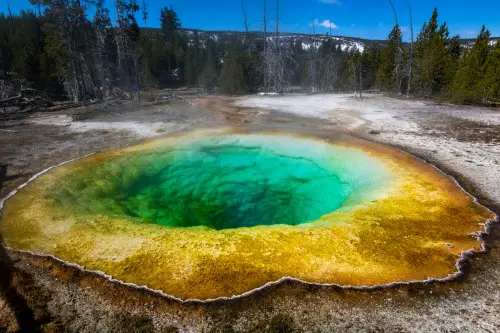
Yellowstone is practically a rite of passage for park lovers, but that popularity has come at a price. Crowds overwhelm trails, geysers, and fragile ecosystems, especially in peak summer. Over-tourism has led to littering, pollution, and even animal fatalities from curious visitors getting too close to wildlife like bison and bears. Keeping Yellowstone pristine means appreciating its vastness without treading too close.
2. Zion National Park, Utah

Famous for its striking red cliffs and iconic hikes like Angel’s Landing, Zion has seen visitor numbers skyrocket in recent years. Trails suffer severe erosion from the sheer volume of hikers, and shuttle buses are packed, leaving limited chances for solitude. The rise of social media has turned Zion’s narrow trails into lines of people waiting for that perfect shot, risking not only the environment but also the safety of fellow hikers.
3. Great Smoky Mountains National Park, North Carolina & Tennessee

America’s most visited national park, the Great Smoky Mountains, has become a hotspot for over-tourism. Known for its misty landscapes and vibrant fall foliage, crowds flood the park’s scenic byways, leading to heavy traffic, illegal camping, and littering. Wildlife is increasingly threatened by human interference, and delicate ecosystems are trampled underfoot by those straying from marked trails.
4. Yosemite National Park, California
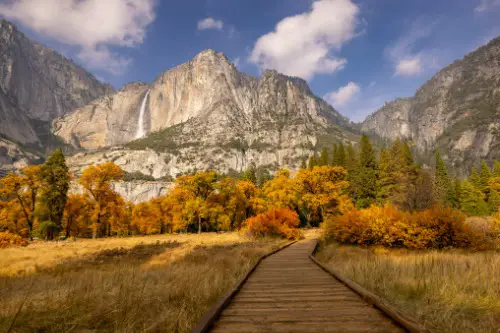
Yosemite’s granite cliffs, waterfalls, and ancient sequoias attract millions every year, resulting in packed campgrounds and overrun trails. With so many people in close quarters, litter has become a huge issue, impacting the Merced River and the park’s wildlife. Yosemite Valley, in particular, has lost some of its serenity due to traffic jams and noise pollution, making conservation efforts ever more urgent.
5. Grand Canyon National Park, Arizona
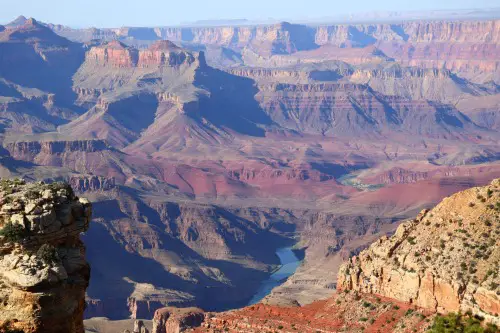
The Grand Canyon is an awe-inspiring spectacle, but heavy foot traffic along the canyon’s rim and main trails has taken a toll. Visitor crowding, coupled with helicopter tours and river rafting, has caused a considerable environmental strain. The park’s fragile rock formations suffer from erosion, and waste management struggles to keep up with the increasing footfall, putting a strain on this natural wonder.
6. Glacier National Park, Montana
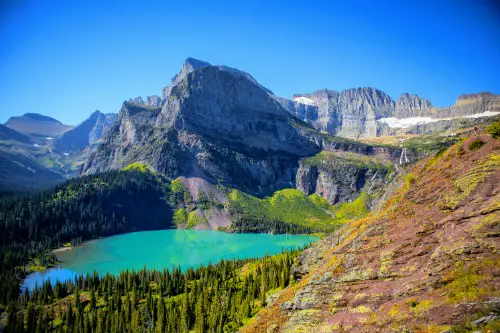
Glacier’s crystal-clear lakes and glacier views have attracted droves of visitors, especially since the glaciers themselves are rapidly melting. The result? Overrun trails and parking areas, along with litter and erosion. The park has introduced a vehicle reservation system to limit numbers, but the demand still outpaces what the park can handle, adding to the strain on its fragile alpine environment.
7. Acadia National Park, Maine
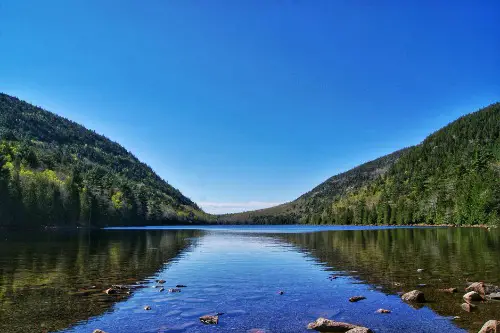
Maine’s coastal beauty draws crowds to Acadia every summer, where visitors pack popular spots like Cadillac Mountain and Jordan Pond. Increased vehicle traffic has put pressure on the park’s narrow roads, leading to congestion and accidents. The beautiful rocky coastline is also at risk, as tourists venture off-trail for ocean views, damaging the fragile vegetation and leaving litter behind.
8. Rocky Mountain National Park, Colorado
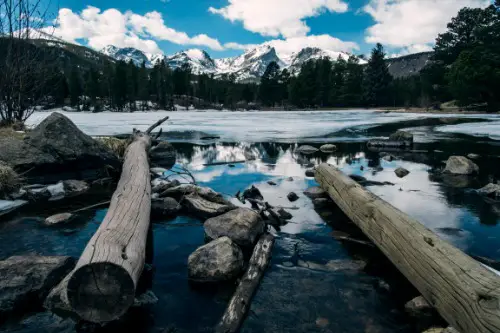
The stunning vistas and wildlife of the Rockies make it a must-see, but its popularity has overwhelmed the park’s infrastructure. Scenic drives and iconic trails are frequently clogged with visitors, and the noise and pollution disturb the very wildlife people come to see. Rangers are stretched thin trying to keep the trails and parking lots safe while managing crowds in such a vast wilderness area.
9. Joshua Tree National Park, California
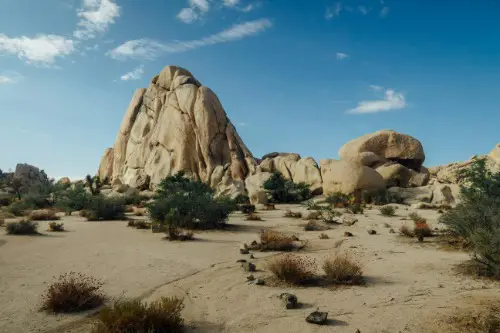
Joshua Tree’s unique landscape has become especially popular with social media influencers, drawing huge crowds to its iconic rock formations and surreal desert flora. Increased visitation has led to the destruction of precious Joshua trees, either from off-road vehicles or careless visitors. Trash and vandalism are also on the rise, putting this fragile desert environment at risk.
10. Olympic National Park, Washington
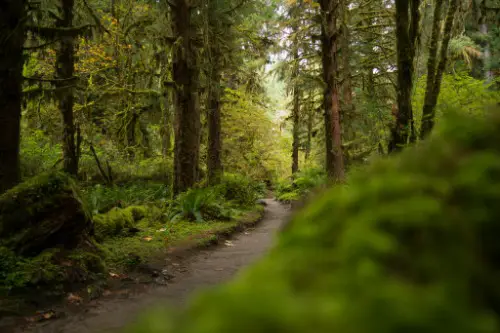
Olympic offers an impressive array of ecosystems, from rugged coastline to dense rainforests, but high visitor numbers have put pressure on its fragile ecosystems. Erosion on trails and litter on beaches are major concerns, especially in the popular Hoh Rain Forest and Hurricane Ridge areas. Visitors’ desire for selfies in these unique landscapes has led to increased foot traffic and damage to sensitive areas.
11. Arches National Park, Utah
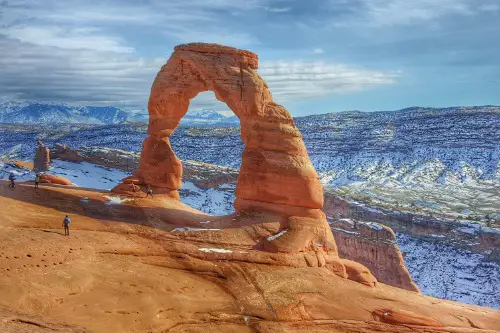
Arches’ famous rock formations and Delicate Arch are irresistible to photographers and adventurers alike. However, the park is now so crowded that visitors sometimes face hours-long waits just to get a parking spot. Erosion from foot traffic, coupled with visitors venturing off established paths, is threatening the very formations that make Arches special, putting it at risk for future generations.
12. Bryce Canyon National Park, Utah
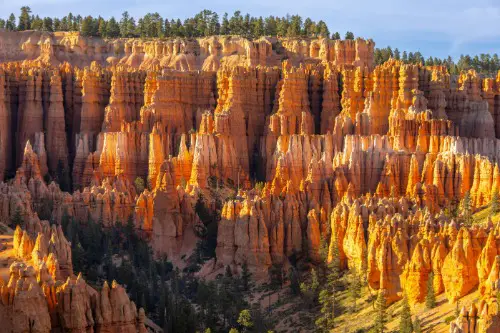
Known for its otherworldly hoodoos, Bryce Canyon has seen massive spikes in visitors. Overcrowding on the park’s narrow trails has led to increased erosion and vegetation damage. Additionally, noise pollution from large crowds has impacted the experience of solitude that Bryce once offered, leading the park to consider measures like shuttle-only access during peak times.
13. Sequoia and Kings Canyon National Parks, California
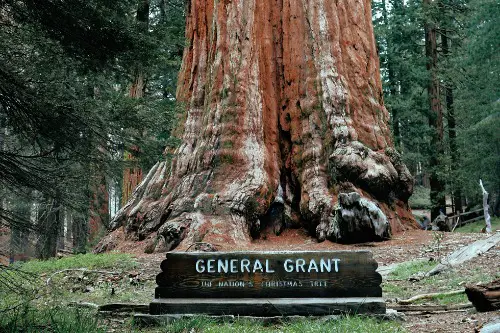
Home to towering giant sequoias, these parks see an influx of visitors who can unintentionally damage the shallow root systems of these ancient trees. Over-tourism leads to compaction of the soil, which stresses these natural giants and disrupts their growth. Wildlife disturbance and litter are also ongoing issues, as visitors often stray from marked paths to get closer to these iconic trees.
14. Hawaii Volcanoes National Park, Hawaii
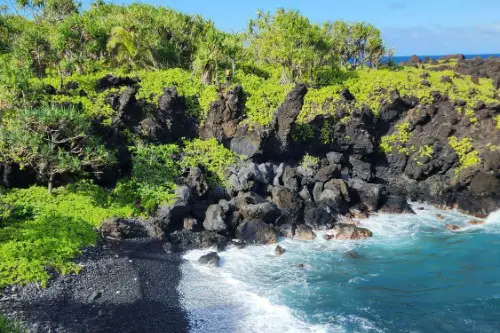
Volcanic landscapes, lava flows, and lush rainforests make this park a one-of-a-kind destination, but recent surges in tourism are causing harm. Crowds leave waste behind, damage sensitive volcanic rock, and sometimes disregard safety by wandering too close to active lava flows. For a site so spiritually significant to Native Hawaiians, respecting both its ecological and cultural importance is essential.


